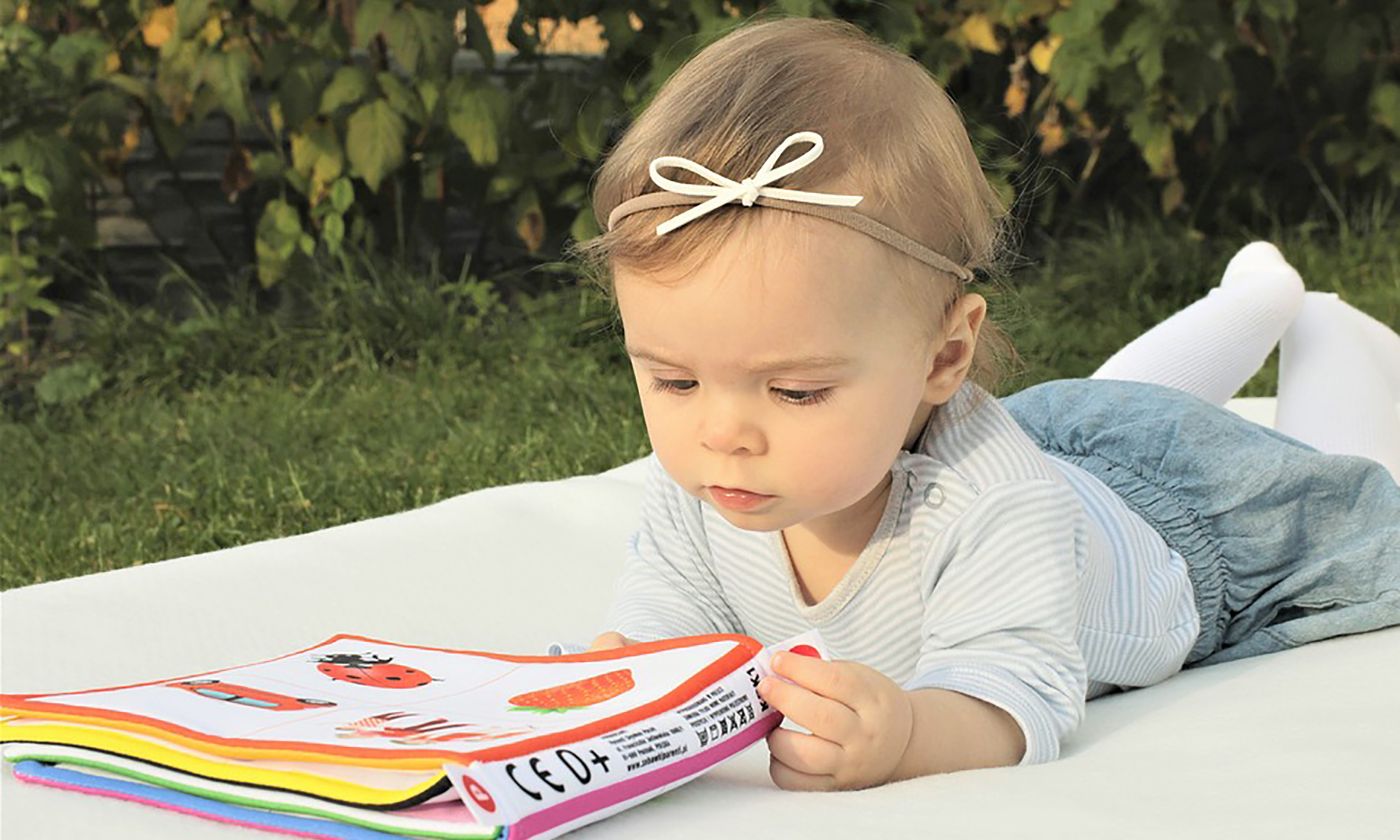Potty Training SOS: Beat Toddler Constipation

Welcome to Our Constipation and Potty Training Guide!
This guide addresses the challenges many parents face when managing constipation during potty training. I’ve put together practical advice and clear explanations to help you figure out why constipation happens and ways to overcome it. The information is simple and useful for anyone working through this phase with their little one.
Understanding the Basics
What is Constipation in Young Children?
Constipation occurs when bowel movements become less frequent or hard to pass. It is a common issue in early childhood that can complicate potty training. The discomfort and frustration may lead to more struggles during important time for your child.
How Potty Training Impacts Bowel Movements
Potty training introduces a new routine. This can disrupt natural bowel movements. Changes in schedule, elevated anxiety, and new expectations may lead children to ” hold it in.” They can do this even when they feel the urge. This habit can result in harder stools that are more difficult and uncomfortable to pass. My son used to “hold it” because he wanted to play longer. This not only led to constipation. Sometimes if he couldn’t “hold it,” he had a potty accident.

Causes and Effects
Common Causes of Constipation
Several factors can trigger constipation during potty training. One major reason is dehydration. When children do not drink enough fluids, their stool can become hard and dry. A diet low in fiber is another contributor. Fiber-rich foods help keep stools soft by promoting proper gut function. In addition, stress related to new routines such as potty training can upset bowel regularity.
How Constipation Affects Potty Training
When a child experiences constipation, they may develop a negative association with using the potty. The pain from hard stools can discourage them from sitting on the potty. If it hurts when they potty, they do not want to go. This unwillingness can worsen the condition. The fear of pain when using the potty will make it difficult to stay on track with training.
Effective Strategies for Managing Constipation
Establishing a Routine
Building a regular potty schedule is one of the best ways to manage constipation. Encouraging your child to sit on the potty at set times. Sit them down after meals. This can help set a natural rhythm. A consistent routine often makes it easier for your child to relax and respond to their body’s signals. This routine gradually lessens fear of using the potty. It will also help them to associate going to the bathroom after eating as a natural thing to do. They will not think of only pain when going to the potty.
Encouraging Relaxation and Proper Positioning
Making your child comfortable on the potty is very important. Using a small footstool to support their feet can improve posture on the potty. This improved posture can ease pressure during bowel movements. A calm setting, with quiet time and minimal distractions, helps your child take their time. They won’t feel pressure “to go.”
When to Modify Potty Training Approaches
If constipation seems to be getting worse, it may be necessary to adjust your potty training approach. Notice if your child shows increased stress or if accidents become more frequent. If these things occur, taking a short break from potty training may smooth the way for progress, reduce anxiety, and help break the cycle of constipation.
Diet and Hydration Tips
Important Foods to Include
A high-fiber diet is very important for easing constipation. Foods like fruits, vegetables, and whole grains add bulk to the stool. This helps make bowel movements smoother. Introducing produce such as apples, pears, carrots, and oats gradually into your child’s diet can make a noticeable difference. These changes help the digestive system adjust and work more efficiently over time.
Beverage Choices that Help
Fluids play a key role in supporting healthy digestion. Water is the best option to keep your child hydrated throughout the day. You might also include diluted fruit juices, such as apple or prune juice. Fruit juices contain natural properties that help soften stool. Cutting back on sugary or caffeinated drinks also helps maintain a proper balance of body fluids.
Lifestyle Changes and Monitoring
Incorporating Physical Activity
Regular physical activity supports good digestion and bowel movements. Simple activities like walking and good old-fashion playing outdoors can stimulate the intestines and encourage regular elimination. Even small amounts of movement can help ease constipation by activating the body’s natural digestive processes.
Tracking Progress and Adjusting Strategies
Keeping a simple log of your child’s bowel movements may help you spot any patterns or foods contributing to constipation. Ken, a toddler I provided childcare for would get constipated after his mom fed him anything with ground beef. He also had problems after drinking whole milk. I knew on Mondays when he hid in the corner behind my recliner, that she had given him constipating foods over the weekend. He would stand there staring, motionless and dreading to go potty because of the painful bowel movement to come. Warm prune juice came to his rescue.
Record the timing, frequency, and consistency of stools along with any changes in diet or routine. This information is useful for discussing concerns with a healthcare provider. It can also help you in fine-tuning diet and daily practices to help your child have regular bowel movements.

When to Seek Professional Help
Signs That Medical Advice is Needed
If your child’s constipation continues or worsens despite changes in diet and routine. it might be time to ask a pediatrician. Red flags include severe stomach pain, bleeding after bowel movements, or ongoing discomfort that interrupts daily activities. Many instances of constipation during potty training improve with minor adjustments. Persistent issues may need medical attention.
Tips for Discussing Issues With Your Pediatrician
When you visit your pediatrician, be prepared to give a clear summary of your child’s symptoms and the adjustments you’ve made. Providing details about dietary changes, potty training schedules, and observed behaviors help the doctor. He can get a feel for the situation. This cooperative approach can assist both you and your doctor. He may decide to make further changes, such as medications to relieve constipation or specialized diets.

Still Have Questions? We’re Here to Help!
If you still haven’t found the answer you were looking for or have further concerns about constipation during potty training, consider reaching out to a trusted healthcare provider. Every child is unique and what works for one may not work for another. Taking small, careful steps and staying attentive to your child’s needs will help boost their comfort and confidence. Thank you for reading this guide. I hope the advice provided helps you navigate this constipation detour on your potty training journey.
Happy potty training!
